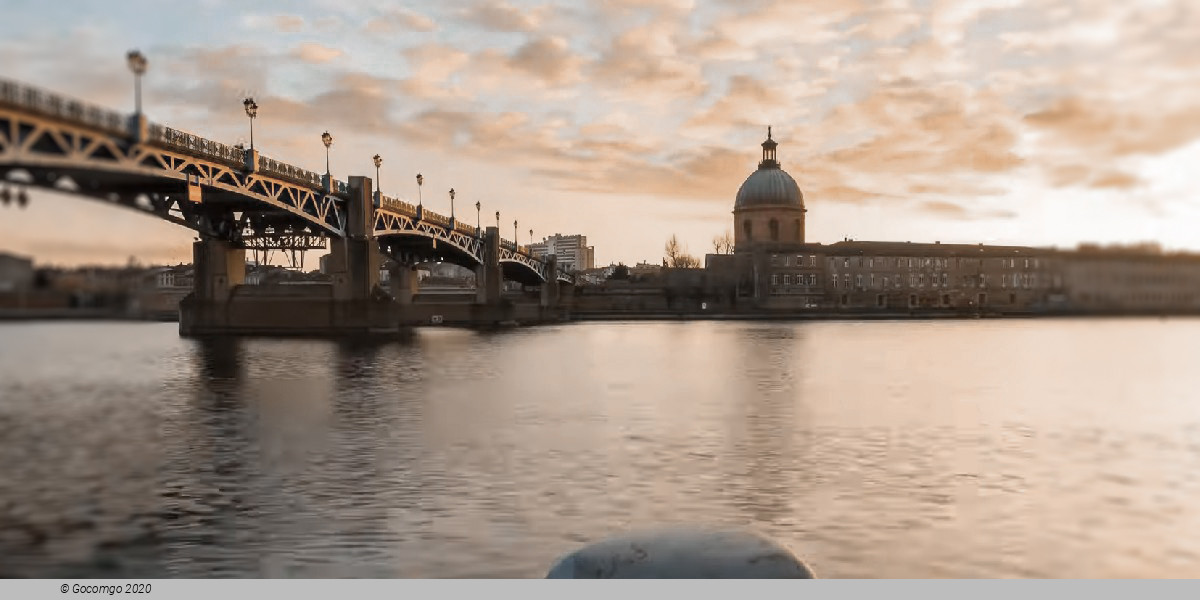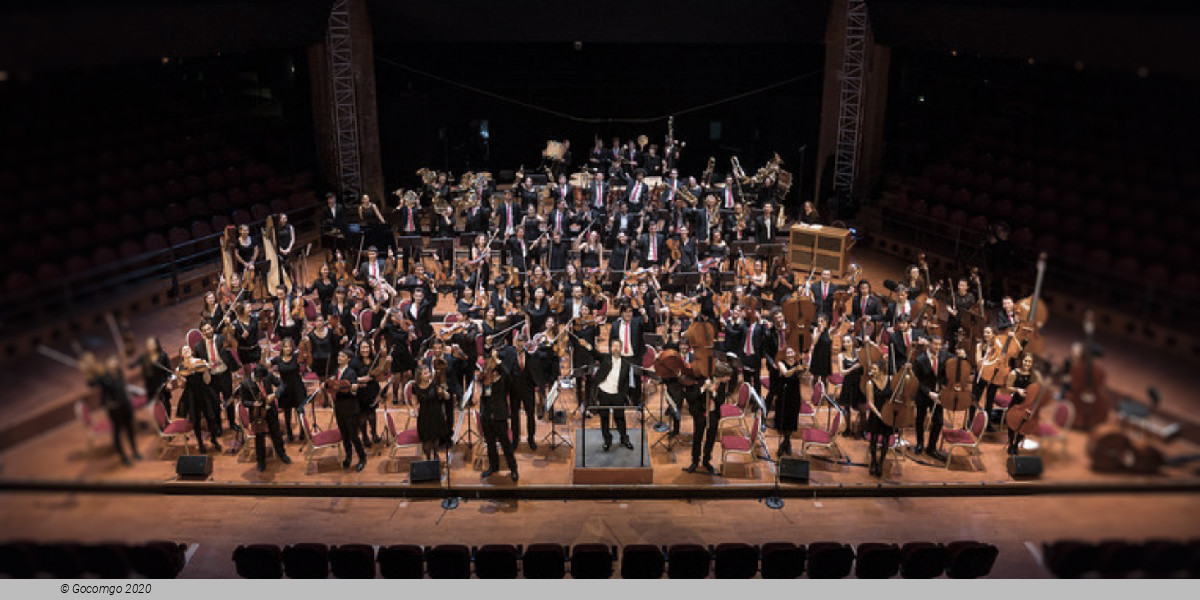Venues in Toulouse

Toulouse is the capital of the French department of Haute-Garonne and of the region of Occitanie. Founded by the Romans, the city was the capital of the Visigothic Kingdom in the 5th century and the capital of the province of Languedoc in the Late Middle Ages and early modern period, making it the unofficial capital of the cultural region of Occitania (Southern France).
Toulouse counts three UNESCO World Heritage Sites: the Canal du Midi, and the Basilica of St. Sernin, the largest remaining Romanesque building in Europe, designated in 1998 along with the former hospital Hôtel-Dieu Saint-Jacques because of their significance to the Santiago de Compostela pilgrimage route. The city's unique architecture made of pinkish terracotta bricks has earned Toulouse the nickname La Ville Rose ("The Pink City").
Classified "City of Art and History", Toulouse has a very rich architectural heritage ranging from large Romanesque and Gothic churches to neo-classical facades such as that of the Capitole to the prestigious mansions of the Renaissance. This ancient heritage is mainly enclosed within the 220 hectares of the city's inner boulevard (one of the largest protected urban areas in France).
Almost all the buildings of the historical center were made with the traditional building material of the region: the "foraine" brick that has earned the city the nickname of Ville Rose (Pink city). Medieval heir to the Roman brick, the "foraine" brick is characterized by its large dimensions, its flat appearance, and its color ranging from orange/pink to red.
Whitestone is also present in smaller quantities. As there were no stone quarries near Toulouse, it was transported from the Pyrenees via the Garonne river and was for a long time rare and therefore expensive, considered in Toulouse as a luxury material. However, it is enough to give Toulouse's architecture one of its characteristics: red/white polychromy.
The Théâtre du Capitole is the home of opera and ballet; there has been a theatre on the site since 1736. The Orchestre National du Capitole, long associated with Michel Plasson, plays at the Halle aux Grains.
Le Château d'Eau, an old 19th-century water-tower, was converted as a gallery in 1974 by Jean Dieuzaide, a French photographer from Toulouse, and is now one of the oldest public places dedicated to photography in the world. Toulouse's art museums include the Musée des Augustins, the Musée des Abattoirs, the Musée Georges Labit, and the Fondation Bemberg in the Hôtel d'Assézat. The Musée Saint-Raymond is devoted to Antiquity and the Muséum de Toulouse to natural history.
Toulouse is the seat of the Académie des Jeux Floraux, the equivalent of the French Academy for the Occitan-speaking regions of southern France, making Toulouse the unofficial capital of Occitan culture. The traditional Cross of Toulouse (from Provence, under the name of the cross of Provence), emblem of the County of Toulouse and commonly widespread around all of Occitania during the Middle Ages is the symbol of the city and of the newly founded Midi-Pyrénées région, as well as a popular Occitan symbol.
The city's gastronomic specialties include the Saucisse de Toulouse, a type of sausage, cassoulet Toulousain, a bean and pork stew, and garbure, a cabbage soup with poultry. Also, foie gras, the liver of an overfed duck or goose, is a delicacy commonly made in the Midi-Pyrénées.


